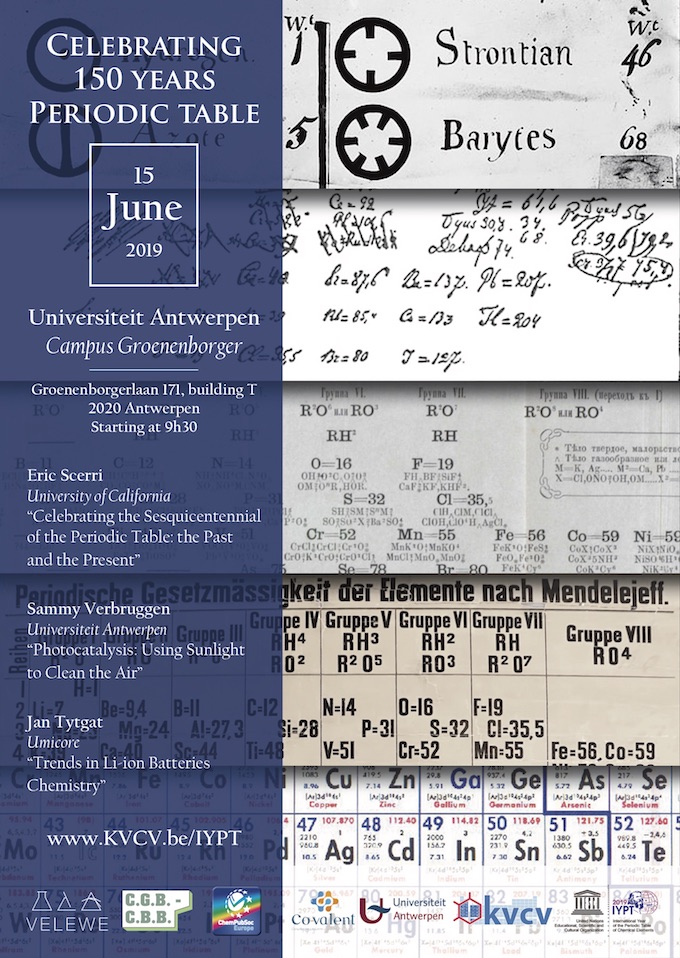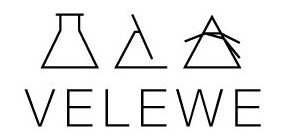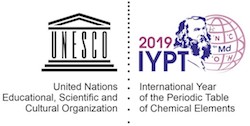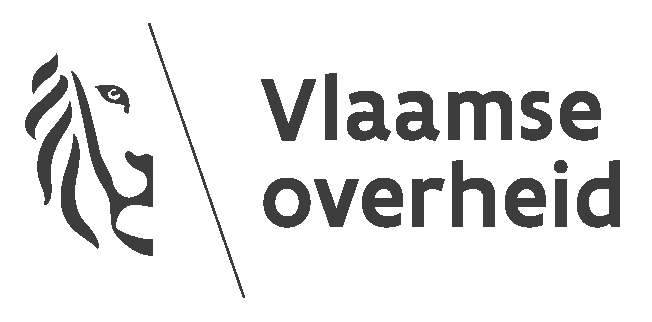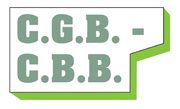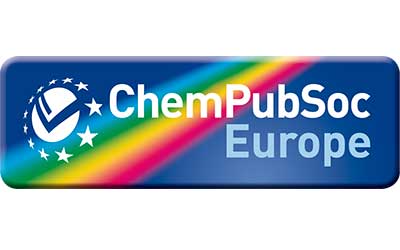Celebrating 150 Years Periodic Table
Programme
- 9h30 Reception
- 10h00 Dr. Filip Buyse - Welcome
- 10h15 Prof. Dr. Eric Scerri, University of California - Celebrating the sesquicentennial of the periodic table: The past and the present
- 11h15 Prof. Dr. Sammy Verbruggen, Universiteit Antwerpen - Photocatalysis: Using sunlight to clean the air
- 11h45 Dr. Jan Tytgat, Umicore - Trends in Li-ion batteries chemistry
- 12h30 Drink & Networking
This activity is recognized as training. A certificate of attendance can be provided after participation.
Participation fees:
- Members of KVCV, VeLeWe or students and staff of the University of Antwerp: free
- Member of KNCV: € 10
- Students: € 5
- Others: € 20
Route description
Check this link for details on how to reach the campus.
Abstracts
Celebrating the sesquicentennial of the periodic table: The past and the present
Dr. Scerri’s talk will discuss the central role that the periodic table plays in education as well as research in science. It will include a brief historical tour of important steps in the evolution of the periodic table beginning with the recognition of triads of elements and Prout’s hypothesis, progressing through the early attempts to develop a consistent periodic system. The work of Dmitri Mendeleev who published the first fully successful periodic table 150 years ago, in 1869, will be highlighted, including his predictions of new elements. The historical survey will continue with some discoveries that initially threatened to destroy the periodic system but which were successfully overcome (the noble gases and isotopes). In the 20th century several discoveries in physics such as X-rays, radioactivity and the electron all had a profound impact of our understanding of the reason d’être of the periodic table culminating in the development of quantum mechanics. The lecture will examine the extent to which this theory explains the periodic table. Finally we will consider whether there may exist one optimal form of the periodic table and some of the candidate tables that have been proposed to play this role.
Photocatalysis: Using sunlight to clean the air
Robert Orben, an American comedy writer once said: “There’s so much pollution in the air now, that if it weren’t for our lungs there’d be no place to put it all”. Unfortunately, some truth can be found in his playful words. As an illustration: The World Health Organization (WHO) claimed that in 2012 one out of eight deaths worldwide can be linked to air pollution. Also, the European Environment Agency (EEA) has published data on the statistical life expectancy reduction due to high levels of airborne pollutants. In their 2012 air quality report it is stated that human life expectancy is reduced by more than eight months on average and by more than two years in the most polluted cities and regions.
A number of advanced oxidation processes (AOPs) has been proposed to serve as viable air cleaning technologies. AOPs are chemical oxidation reactions that exploit the high reactivity of oxygen (more specifically hydroxyl (•OH)) radicals. Air-based AOPs include ozonation, often combined withH2O2, a catalyst or UV irradiation, and photocatalytic oxidation. Photocatalytic oxidation offers the advantage that there is no need for additional chemicals such as H2O2 and there are basically no waste streams; It only requires a catalyst and light. During this lecture the audience will be introduced to the basic principles, benefits, drawbacks and solutions of heterogeneous photocatalysis. Starting from the fundamental background, the application potential of photocatalytic technology in view of improved air quality will be illustrated by means of various practical case studies.
A number of advanced oxidation processes (AOPs) has been proposed to serve as viable air cleaning technologies. AOPs are chemical oxidation reactions that exploit the high reactivity of oxygen (more specifically hydroxyl (•OH)) radicals. Air-based AOPs include ozonation, often combined withH2O2, a catalyst or UV irradiation, and photocatalytic oxidation. Photocatalytic oxidation offers the advantage that there is no need for additional chemicals such as H2O2 and there are basically no waste streams; It only requires a catalyst and light. During this lecture the audience will be introduced to the basic principles, benefits, drawbacks and solutions of heterogeneous photocatalysis. Starting from the fundamental background, the application potential of photocatalytic technology in view of improved air quality will be illustrated by means of various practical case studies.
Trends in Li-ion batteries chemistry
The lecture will explain the trends in Li-ion batteries for electric vehicles, focusing on the chemical composition and market size evolutions. Will there be enough raw materials for the transition to e-mobility? The impacts on raw materials sourcing and recycling will be discussed. Doing more with less will be part of the solution.
Biographies
Eric Screrri
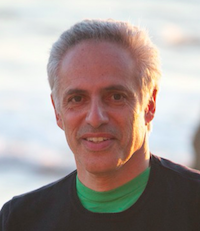 Eric Scerri received all his degrees in the UK before going to the US in 1995 as a Caltech postdoctoral fellow. For the past 20 years he has been a lecturer at UCLA where he teaches general chemistry as well as courses in History and Philosophy of Science. He is also the founding editor of the journal Foundations of Chemistry and the author of several books with Oxford University Press including The Periodic Table, Its Story and Its Significance (2007), A Very Short Introduction to the Periodic Table (2011) A Tale of Seven Elements (2013) and A Tale of Seven Scientists and A New Philosophy of Science (2016). Scerri is the acknowledged world’s expert on historical and philosophical aspects of the periodic table of the elements. See his website at www.ericscerri.com
Eric Scerri received all his degrees in the UK before going to the US in 1995 as a Caltech postdoctoral fellow. For the past 20 years he has been a lecturer at UCLA where he teaches general chemistry as well as courses in History and Philosophy of Science. He is also the founding editor of the journal Foundations of Chemistry and the author of several books with Oxford University Press including The Periodic Table, Its Story and Its Significance (2007), A Very Short Introduction to the Periodic Table (2011) A Tale of Seven Elements (2013) and A Tale of Seven Scientists and A New Philosophy of Science (2016). Scerri is the acknowledged world’s expert on historical and philosophical aspects of the periodic table of the elements. See his website at www.ericscerri.comSammy Verbruggen
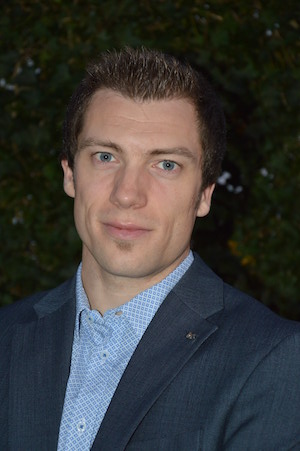 Sammy Verbruggen obtained his Bachelor degree in Bioscience Engineering - Chemistry in 2008 at UAntwerpen, his Master degree in Bioscience Engineering - Catalytic Technology in 2010 at KU Leuven and a joint PhD degree in Bioscience Engineering at both UAntwerpen and KU Leuven in 2014, as aspirant of the FWO. After a postdoctoral Fellowship of the FWO, a part of which in Pau (France), he was appointed as guest professor in 2016 and as Tenure Track (Assistant) Professor in February 2019.
Sammy Verbruggen obtained his Bachelor degree in Bioscience Engineering - Chemistry in 2008 at UAntwerpen, his Master degree in Bioscience Engineering - Catalytic Technology in 2010 at KU Leuven and a joint PhD degree in Bioscience Engineering at both UAntwerpen and KU Leuven in 2014, as aspirant of the FWO. After a postdoctoral Fellowship of the FWO, a part of which in Pau (France), he was appointed as guest professor in 2016 and as Tenure Track (Assistant) Professor in February 2019.Currently he is working on the central theme of (plasmonic) photocatalysis for environmental and energy applications. By maintaining a holistic bottom-up approach, every aspect of this research theme is addressed. The main focus is on the fundamental level of surface science (catalyst synthesis, surface modification, morphological engineering, etc.), but other facets such as reactor design, activity testing, social and economic aspects are elaborately addressed as well. The main research goal is to boost the photocatalytic activity of metal oxide semiconductors by improving their solar light conversion efficiency and photon utilization capacity. One of the primary strategies is surface modification with plasmonic nanostructures. A thorough fundamental mechanistic understanding of these composite nanomaterials is key.
Due to his successful research in which the element Titanium plays a major role, Sammy Verbruggen was included in the IUPAC Periodic Table of Younger Chemists. See https://iupac.org/100/pt-of-chemist/#sammy-verbruggen-ti
Jan Tytgat
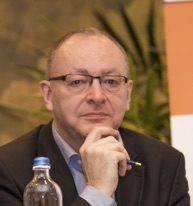 Jan Tytgat obtained a PhD in Chemistry from the University of Leuven (Belgium). He joined Umicore in 1987 and has assumed several managerial positions (laboratories, purchasing and battery recycling) before joining Umicore’s Government Affairs department in 2012. In his current position as director Government Affairs EU, he is in charge of the relation with public authorities on sustainable mobility, energy, trade and recycling. He is Member of the Board of Recharge (the European Association for Advanced Rechargeable and Lithium Batteries) and of EBRA (the European Battery Recycling Association) and is chairman of the Trade Committee of Eurometaux (The decisive EU voice of non-ferrous metals producers and recyclers).
Jan Tytgat obtained a PhD in Chemistry from the University of Leuven (Belgium). He joined Umicore in 1987 and has assumed several managerial positions (laboratories, purchasing and battery recycling) before joining Umicore’s Government Affairs department in 2012. In his current position as director Government Affairs EU, he is in charge of the relation with public authorities on sustainable mobility, energy, trade and recycling. He is Member of the Board of Recharge (the European Association for Advanced Rechargeable and Lithium Batteries) and of EBRA (the European Battery Recycling Association) and is chairman of the Trade Committee of Eurometaux (The decisive EU voice of non-ferrous metals producers and recyclers).
